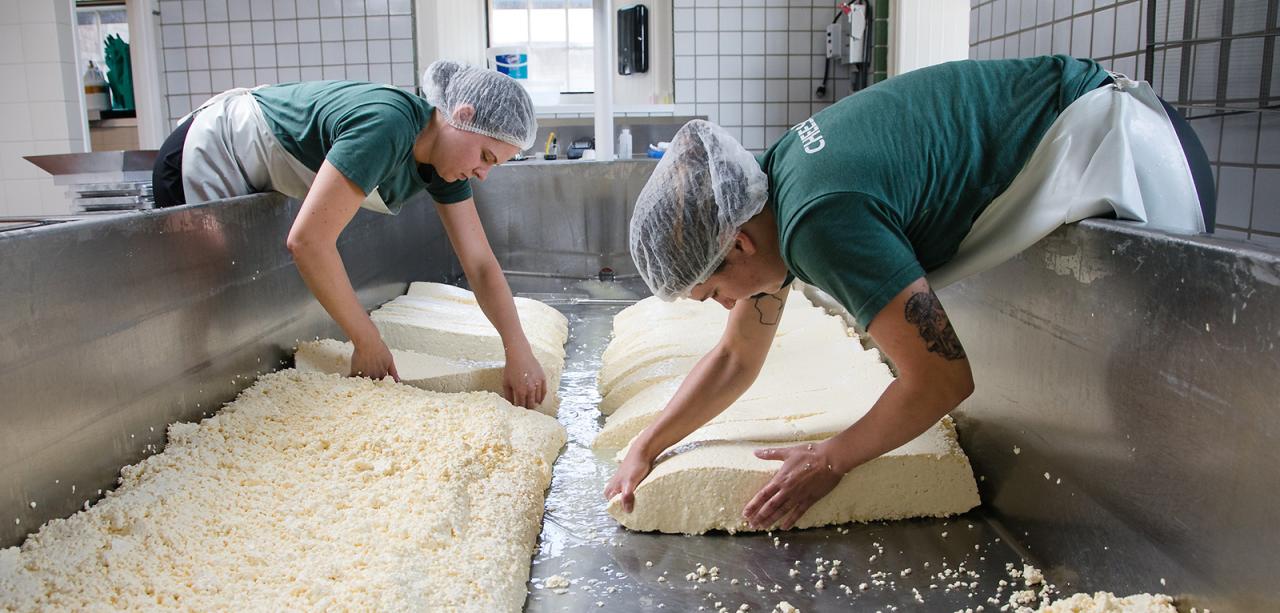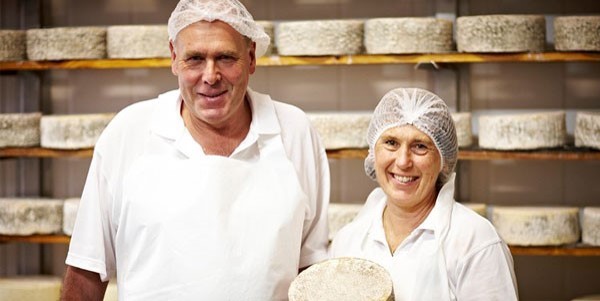Why Floridia Cheese Thomastown Is a Gem in Melbourne Made Cheese
Why Floridia Cheese Thomastown Is a Gem in Melbourne Made Cheese
Blog Article
Unlocking the Tricks of Artisanal Cheese Making: A Detailed DIY Guide
In the world of cooking workmanship, artisanal cheese making stands as a testimony to the delicate balance between tradition and development. As we embark on this journey to demystify the art of creating elegant cheeses, we are faced with a tapestry of secrets and abilities waiting to be untangled.
Picking the Right Milk
When beginning on the trip of artisanal cheese making, the selection of milk plays a critical function in determining the high quality and qualities of the last product. The kind of milk chosen impacts the flavor, structure, and overall account of the cheese.
When selecting milk for cheese making, it is very important to think about the fat content. Higher fat web content in milk can result in a creamier and richer cheese, while reduced fat web content may bring about a drier and firmer structure. In addition, the source of the milk, whether from cows, goats, lamb, or buffalo, adds distinct tastes and features to the cheese (Floridia Cheese). Each kind of milk brings its very own subtleties, allowing for a large array of cheese varieties to be crafted based on the picked milk. Inevitably, the selection of milk is an essential choice that establishes the foundation for a successful artisanal cheese-making endeavor.
Culturing and Coagulating
To initiate the cheese-making process, the important steps of culturing and coagulating need to be very carefully implemented to change milk right into curds and whey. Culturing entails presenting valuable microorganisms to the milk, which after that starts the fermentation procedure. These microorganisms transform lactose (milk sugar) right into lactic acid, producing the acidic atmosphere required for coagulation. The sort of culture made use of can dramatically influence the taste, appearance, and ripening of the last cheese product.

The timing and temperature level control throughout culturing and coagulation are crucial factors that affect the final end result of the cheese. Correct implementation of these steps is vital to make sure the desired appearance, flavor, and uniformity of the artisanal cheese being produced.
Draining Pipes and Pressing Curds
After the milk healthy proteins have actually coagulated and the curds have been cut to launch whey, the following important action in artisanal cheese making entails draining and pressing the curds to accomplish the wanted texture and consistency of the last cheese item. The time for draining can vary depending on the type of cheese being made and the preferred dampness content.
When the curds have actually completely drained pipes, the next step is pressing. Pressing helps expel any staying whey and compacts the curds to develop a strong cheese wheel. Pushing can be done using specialized cheese presses that apply gentle and constant stress over an amount of time. The period and stress used throughout pushing will certainly influence the final texture of the cheese, from soft and velvety to difficult and firm. Appropriate pushing and draining pipes are vital steps that considerably affect the high quality and attributes of the artisanal cheese being created.
Aging and Flavoring Methods
Applying precise aging and flavor techniques is essential in enhancing the depth and intricacy of artisanal cheeses, elevating their preference accounts to beautiful degrees of improvement and elegance. Aging plays a critical role in establishing the unique flavors and structures that identify artisanal cheeses.
Flavoring methods additionally contribute considerably to the last preference of artisanal cheeses. Cheesemakers may choose to introduce extra tastes by incorporating components such as natural herbs, seasonings, or also fruits into the cheese during the production procedure. In addition, some cheeses are cleaned or rubbed with various liquids, such as brine or alcohol, to improve their tastes and textures.
Wrapping and Keeping Cheeses

Conclusion
In verdict, mastering the art of artisanal cheese making entails thoroughly picking the right milk, complying with precise culturing and coagulating processes, draining pipes and pressing curds successfully, and making use of various aging and flavor strategies. By following these actions faithfully and with attention to information, you can develop your own tasty and special cheeses at home. Keep in mind to cover and save your cheeses properly to guarantee optimum taste and texture advancement. Delighted cheese making!
Each kind of milk brings its very own subtleties, permitting for a vast array of cheese selections to be crafted based on the picked milk.After the milk healthy proteins have coagulated and the curds have been cut to release whey, the next important step in artisanal cheese making involves draining and pressing the curds to achieve the wanted appearance and uniformity of the last cheese product. Many cheeses ought to be wrapped in wax paper or cheese paper to allow them to breathe while shielding them from drying out. For cheeses that require to continue aging, such as bloomy rinds or cleaned rinds, ensure they are saved in a cool environment like a cheese cavern or a fridge set to the appropriate temperature. By paying attention to the covering and storage space of artisanal cheeses, cheese makers and read review enthusiasts can maintain the stability of these delicacies and fully appreciate their complicated flavors.
Report this page